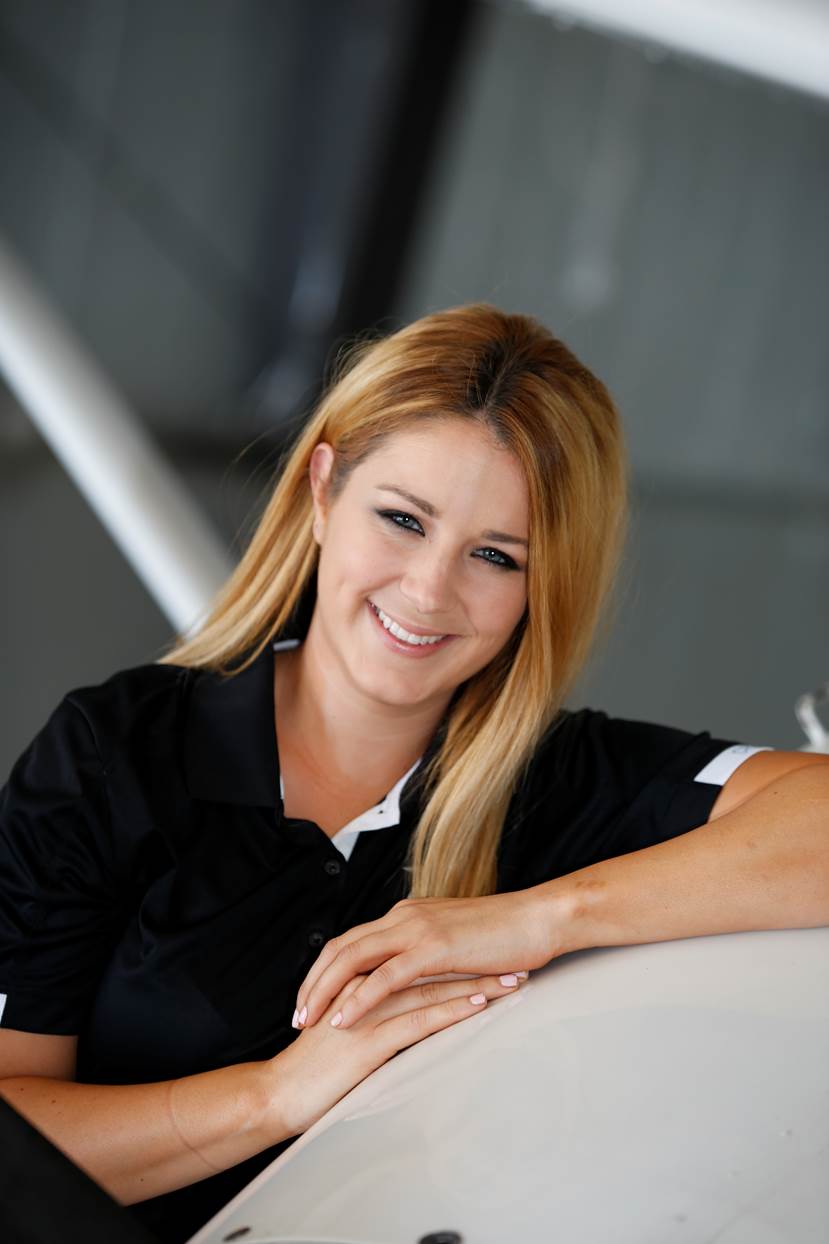Coming to the cockpit: Real-time special-use airspace updates
An AOPA-championed effort to push real-time status of military operations areas (MOAs) and other types of special-use airspace (SUA) into the cockpits of aviators has been included in the National Defense Authorization Act.
Led by Sen. James Inhofe (R-Okla.), chairman of the Senate Armed Services Committee, and Rep. Sam Graves (R-Mo.), the top Republican on the House Committee on Transportation and Infrastructure and a member of the House Armed Services Committee, a provision in the act was included that requires the FAA and the Department of Defense to establish an automated real-time broadcast, similar to temporary flight restriction dissemination, on the real-time status of MOAs and restricted areas. The NDAA, an annual bill, was passed in both the House and Senate by overriding President Donald Trump’s veto, marking 60 consecutive years that it has become law.
“As a pilot, myself, I know how important up-to-date and real-time communication is when you are flying,” Inhofe said. “This is crucial information for all pilots—military, commercial and recreational. I am proud we were able to include a provision in the NDAA that will provide, in real-time, information related to the status of special use airspace. I am proud to ensure the training needs of our military pilots while giving recreational pilots the opportunity to more safely and efficiently use our national airspace. I appreciate Mark Baker and AOPA for their strong advocacy on this issue for general aviation pilots.”
“I was happy to help secure this win for the general aviation community in the NDAA, which will address concerns with SUA restrictions and their impacts on pilots,” Graves said. “An especially important piece of this measure is a Department of Defense reporting requirement which will give us a better understanding of the SUA utilization data it provides to the FAA, which is often incomplete and submitted late. This data is critical to the FAA’s ability to provide useful information to general aviation operators on SUA restrictions in real time. Ultimately, this provision will enhance the efficiency and safety of military training operations, commercial operations, and general aviation operations, alike.”
A MITRE Corp. report, developed in 2012, documented the potential benefits of such a system. According to the report, “Overall, approximate annual good-weather flight path savings in the National Airspace System (NAS) include fuel savings of $100 million dollars, distance savings of 30 million nautical miles, flight time savings of 90,000 hours, and reduction of carbon dioxide (CO2) emissions of 300 million kg.”
“This really sets the course for FAA and DOD to use existing technology to ensure pilots have the tools readily available in order to transit this type of airspace safely and efficiently. It is a game-changer for many pilots and ensures our warfighters continue to receive the training they need and deserve,” said AOPA President Mark Baker.
Different SUA areas have different restrictions, but each has an impact on aviation. There is an increase in fuel costs, flight duration, and aircraft emissions in order to circumnavigate these areas. There are also safety implications for large SUA complexes that cannot be avoided and must be transited in order to access underlying airports. The military, itself, incurs cost for its own aircraft having to avoid these areas. Today, these military training and restricted areas comprise nearly one-fifth of the airspace within the continental United States.
“We are fortunate to have allies who are knowledgeable about aviation like Senator Jim Inhofe and Representative Sam Graves in the U.S. Congress who understand the need for military training in order to protect the freedom of flying in this great country. This legislation is a huge win for aviation and our environment, and will greatly improve safety and communication,” added Baker.




